In modern bathroom decoration, choosing the right bathtub can enhance both comfort and aesthetics. Acrylic bathtubs, with their lightweight design, diverse styles, and convenient installation, have become the mainstream choice in the freestanding bathtub market. Understanding their advantages and disadvantages can help you make a more informed decoration decision. This article will analyze the pros and cons of acrylic bathtubs from aspects such as functionality, material, cost, design, maintenance, and market trends.
1. The advantages of acrylic bathtub
Easy to install and lightweight
Acrylic bathtubs typically weigh 70-120 pounds, making transportation and installation more convenient compared to cast-iron bathtubs, which can weigh over 300 pounds. A lightweight design not only reduces the load-bearing pressure on floors but also lowers labour costs. According to the 2023 Remodelling Magazine report, the installation cost of acrylic bathtubs is, on average, about 30% lower than that of cast iron bathtubs.
Diversified design and color selection
Acrylic material is easy to shape and can produce oval, rectangular, rounded square, and irregular shapes, making it suitable for various decoration styles, such as modern, minimalist, and industrial styles. Houzz's 2024 bathroom trend survey reveals that approximately 45% of users opt for acrylic bathtubs due to their diverse design and colour options.
Good insulation performance
Acrylic acid has a specific insulation effect, and the temperature of hot water decreases slowly. Compared to steel bathtubs, acrylic bathtubs can delay the cooling of hot water by about 15-20 minutes, making the bathing experience more comfortable.
Cost advantage
The price range for acrylic bathtubs is generally between $700 and $ 2,000, while the price for cast iron bathtubs of the same size typically exceeds $ 3,000. According to HomeAdvisor's 2023 data, the cost-effectiveness of acrylic bathtubs averages 4.5 out of 5 in user ratings.
Easy maintenance
Acrylic has a smooth surface, and its non-porous material makes it easy to clean, reducing the growth of bacteria and mould. Regular maintenance requires only neutral cleaning agents and a soft cloth, and minor scratches can be repaired by polishing, eliminating high maintenance costs.
2. Limitations of Acrylic Bathtubs
Limited durability
Acrylic material has low hardness and is prone to scratches or slight cracks. According to Consumer Reports' 2024 data, approximately 12% of acrylic bathtubs exhibit surface scratches or cracks within five years of use.
Chemical sensitivity
Strong acids, strong bases, and organic solvents can cause surface loss of light or damage; therefore, mild, neutral cleaning agents should be selected when cleaning.
Limited high-temperature tolerance
Acrylic materials have lower high-temperature resistance than cast iron or stone, and may deform when in contact with objects exceeding 175°F. Although daily use usually does not exceed the temperature limit, users taking high-temperature baths need to pay attention.
Relatively short service life
The service life of acrylic bathtubs is generally 10-15 years, which is significantly shorter than that of cast iron or stone bathtubs, typically lasting 30 years or more. To avoid replacement for a long time, consider the material selection.

3. Market Trend
According to research data from Statista and Houzz in 2024, the independent bathtub market maintains stable growth, with acrylic material showing the most significant growth rate.
The annual growth rate of the independent bathtub market is about 7.8%, while the growth rate of the acrylic bathtub is 9.5%.
The main reasons why consumers choose acrylic bathtubs are reasonable price (45%), diverse design (30%), and easy installation (18%).
Approximately 20% of users express concerns about the durability of acrylic, suggesting its limitations in long-term use.
Meanwhile, data shows that young consumers and first-time home decorators tend to prefer acrylic bathtubs, which are closely related to their lightweight, easy to install, and high flexibility. For high-end user groups, cast iron or stone bathtubs still hold a particular market share, but acrylic has a significant cost-effectiveness advantage.
In addition, with the advancement of material technology and the popularisation of environmental protection concepts, new acrylic bathtubs are gradually offering options for scratch-resistant, fade-resistant, and environmentally friendly materials. Market analysis indicates that sales of acrylic independent bathtubs are expected to continue growing at an average annual rate of 8-10% over the next five years, making them one of the most commonly used materials in home bathroom renovations.
4.Target audience and usage scenarios
Acrylic bathtubs are suitable for various households and usage scenarios:
Limited budget or first-time home renovation: reasonable price and high cost-effectiveness.
Small or old house renovation: lightweight and easy to install, no need to reinforce the flooring.
Users who prioritize a comfortable bathing experience seek good insulation performance and a long retention time of hot water.
Emphasis on design diversity and ease of maintenance: The material exhibits strong plasticity, is easy to clean, and is well-suited for modern bathroom styles.
Multiple family members sharing: flexible capacity to meet the bathing needs of different family members.
Short-term rental apartments: easy replacement and maintenance, reducing operating costs while providing a comfortable experience.
Overall, acrylic bathtubs combine practicality and aesthetics, making them an ideal choice for most households and various usage scenarios.
5. Conclusion
Acrylic freestanding bathtubs are becoming increasingly popular in modern bathroom renovations due to their lightness, flexibility, reasonable price and easy maintenance. Although their durability and heat resistance are limited, in terms of overall cost performance and ease of use, they remain an ideal renovation option for most families. When renovating the bathroom, choosing the right acrylic bathtub based on budget, space and usage needs can balance aesthetics and practicality, providing a comfortable and pleasant bathing experience for the family.

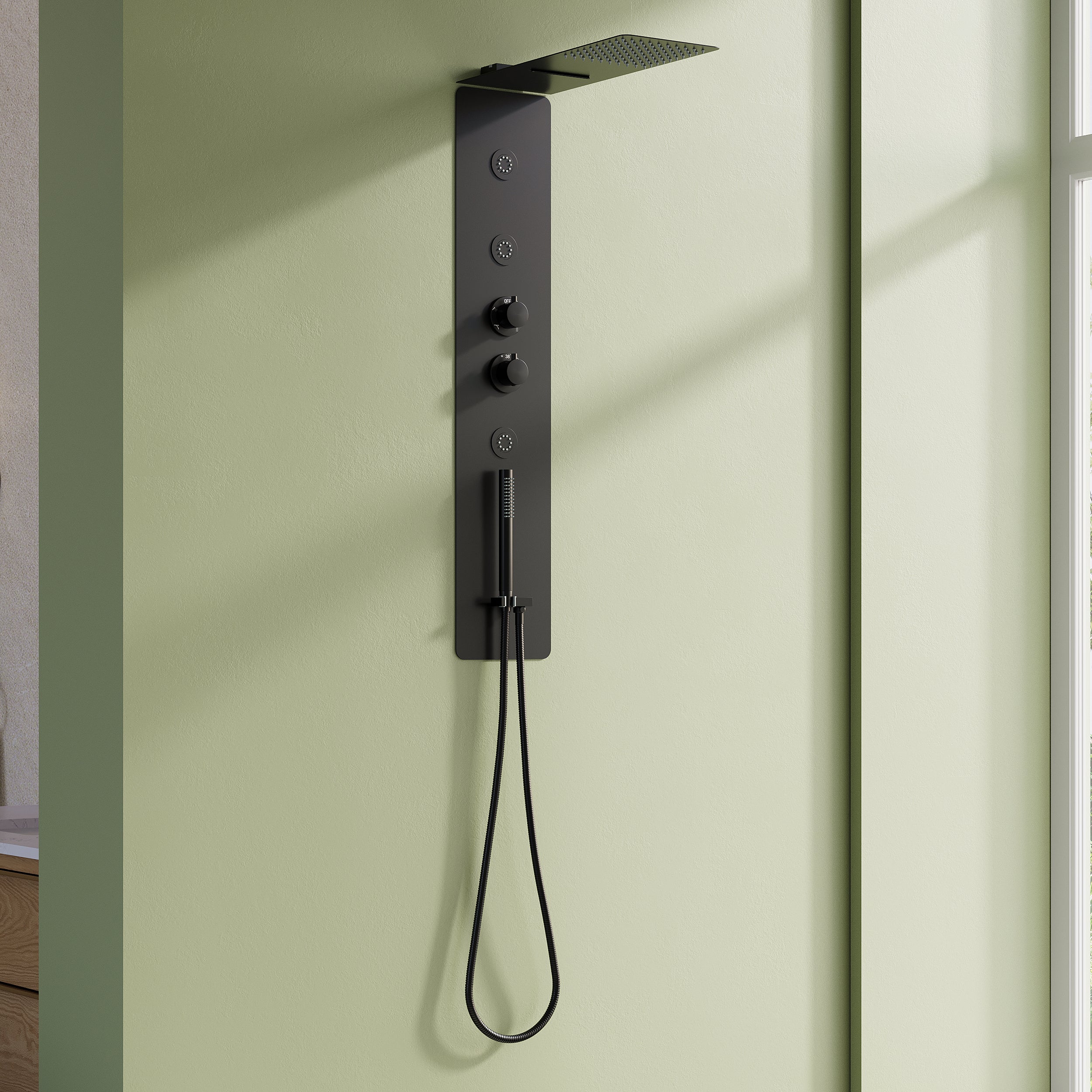






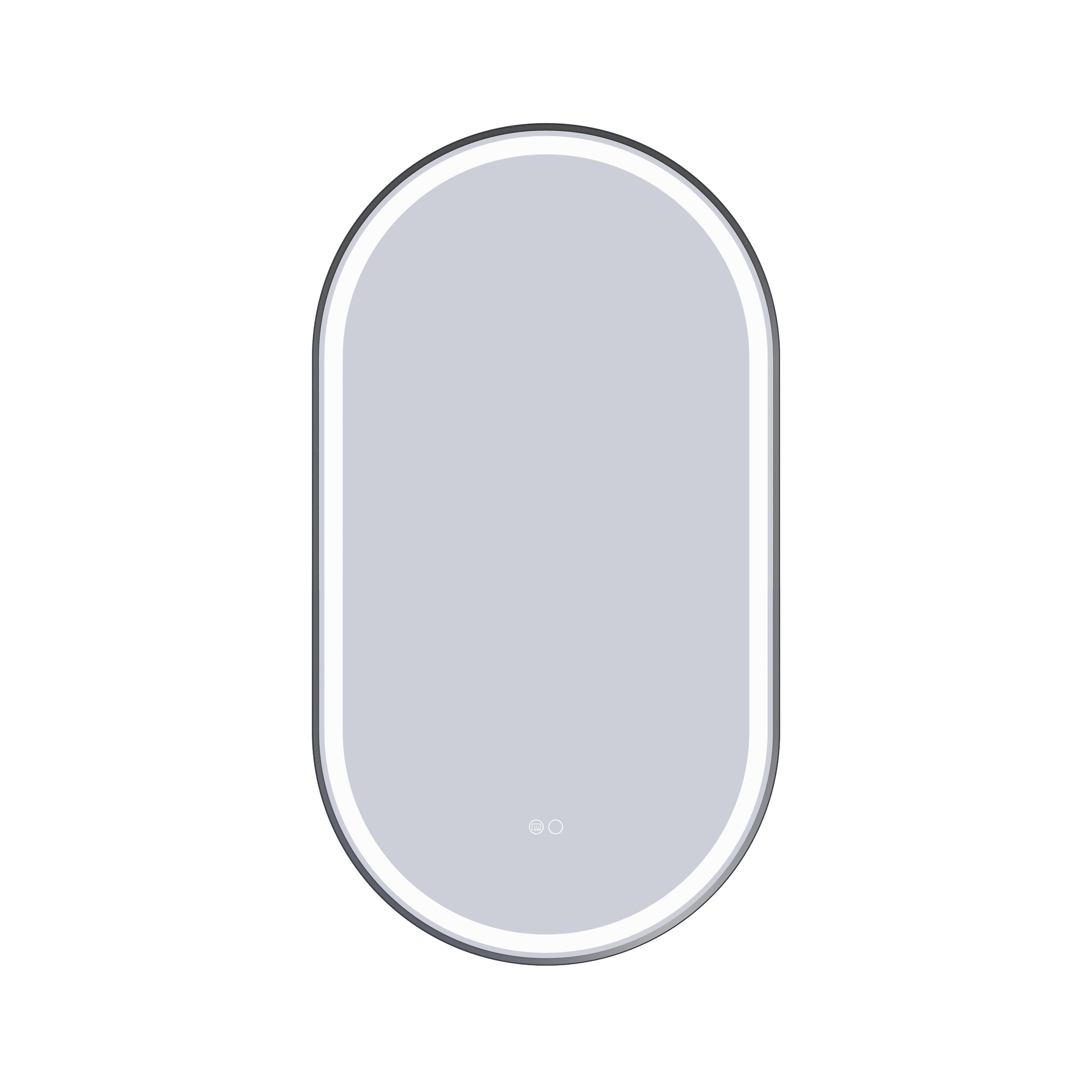

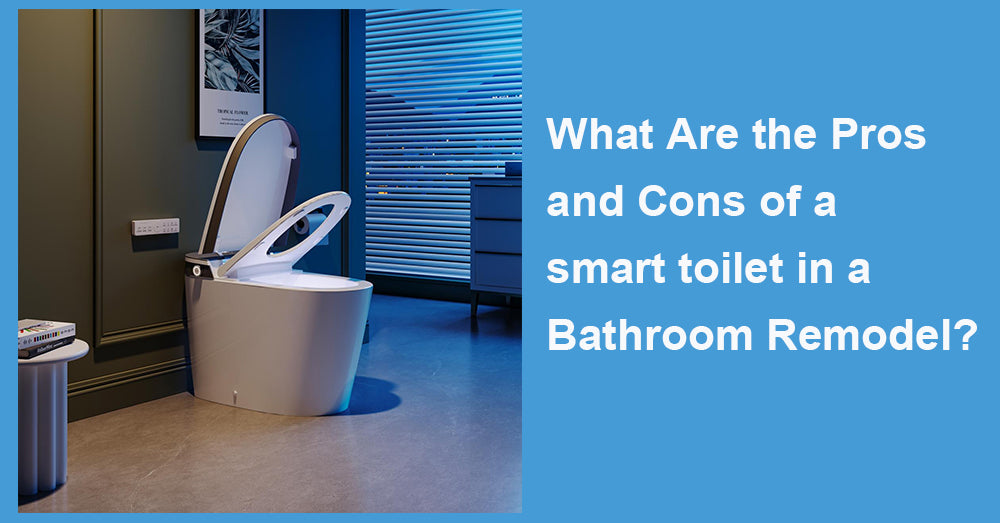
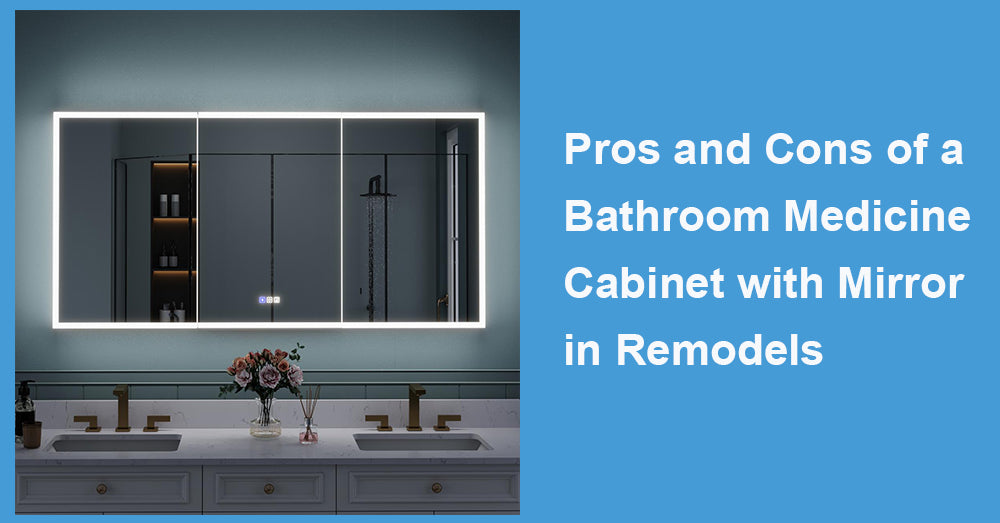
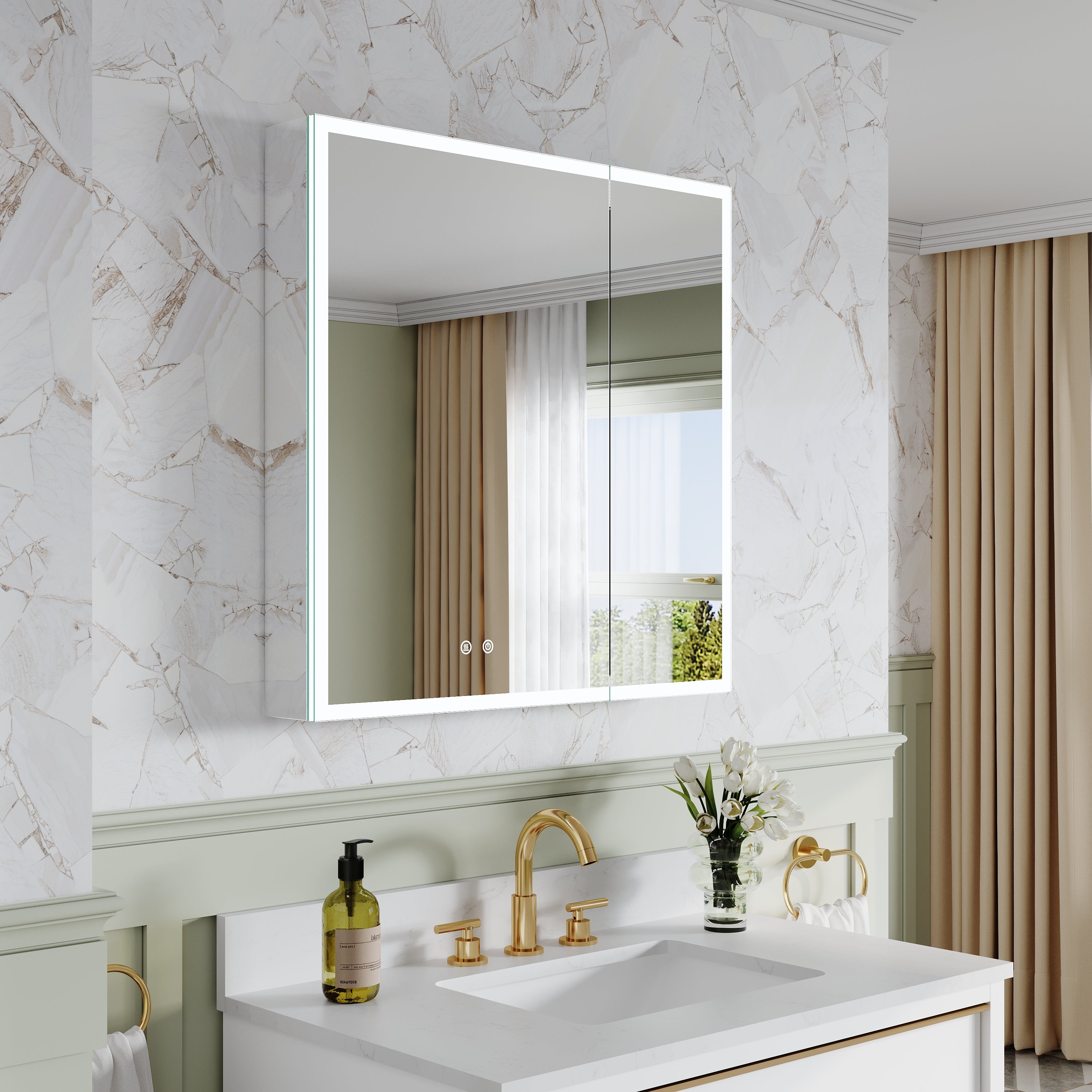
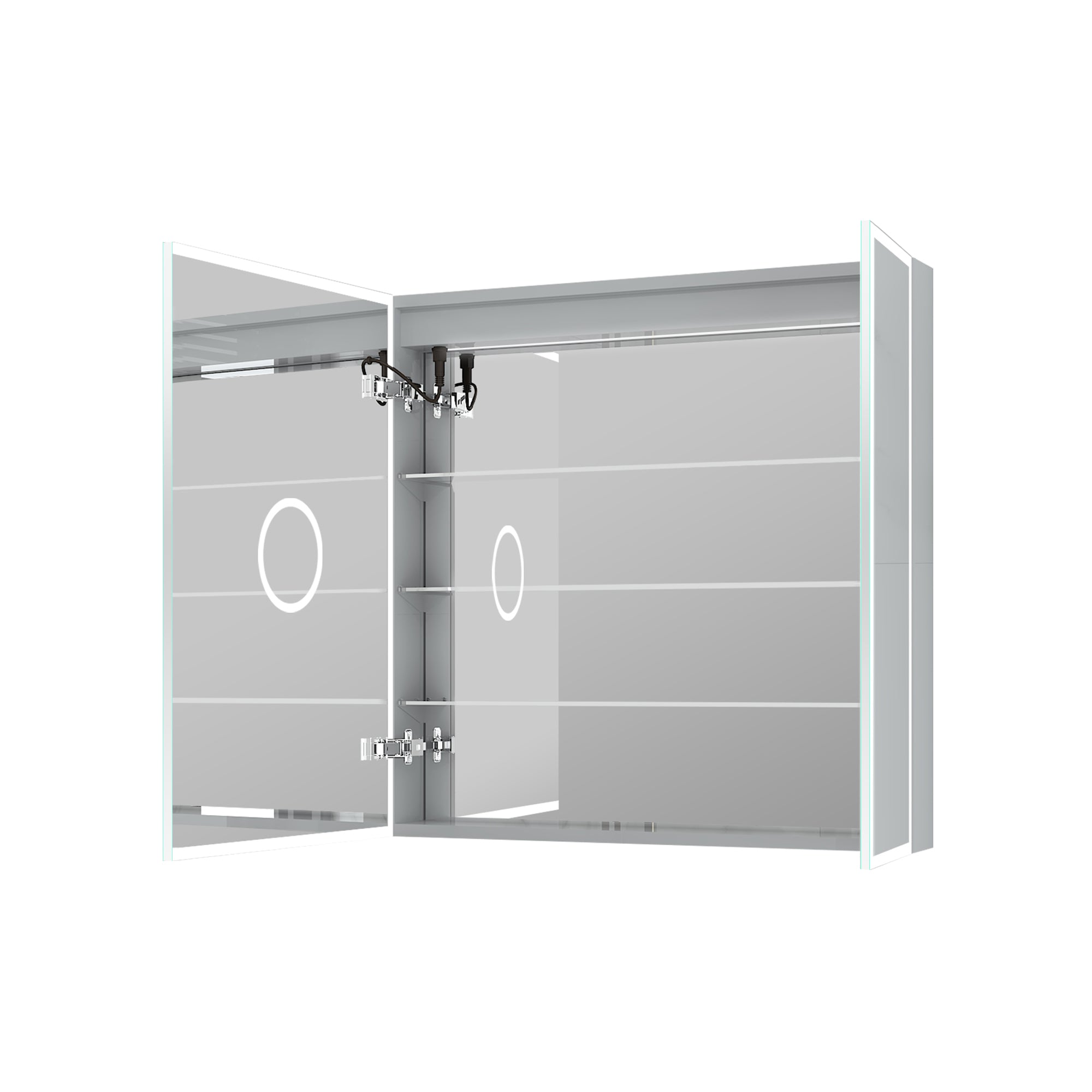
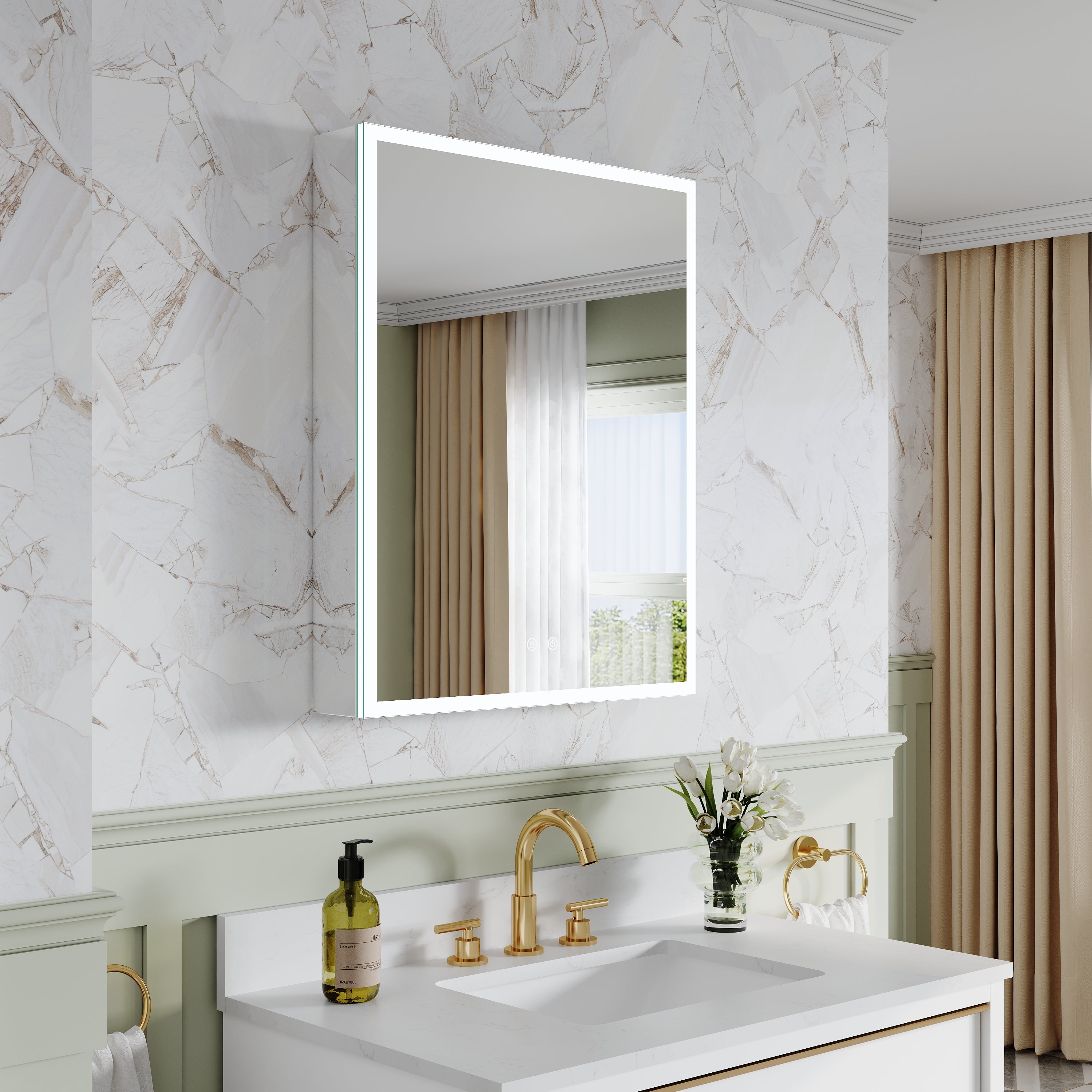
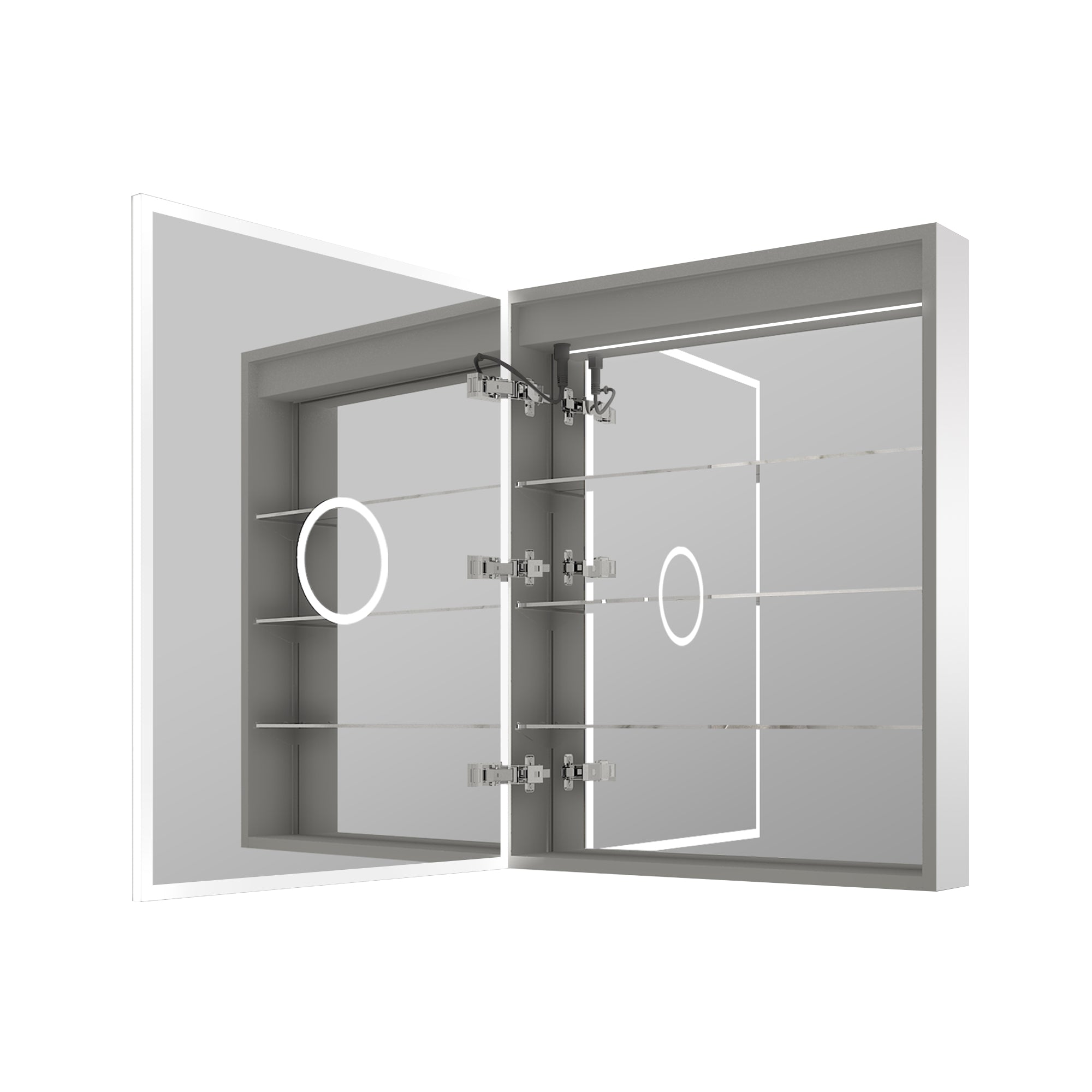
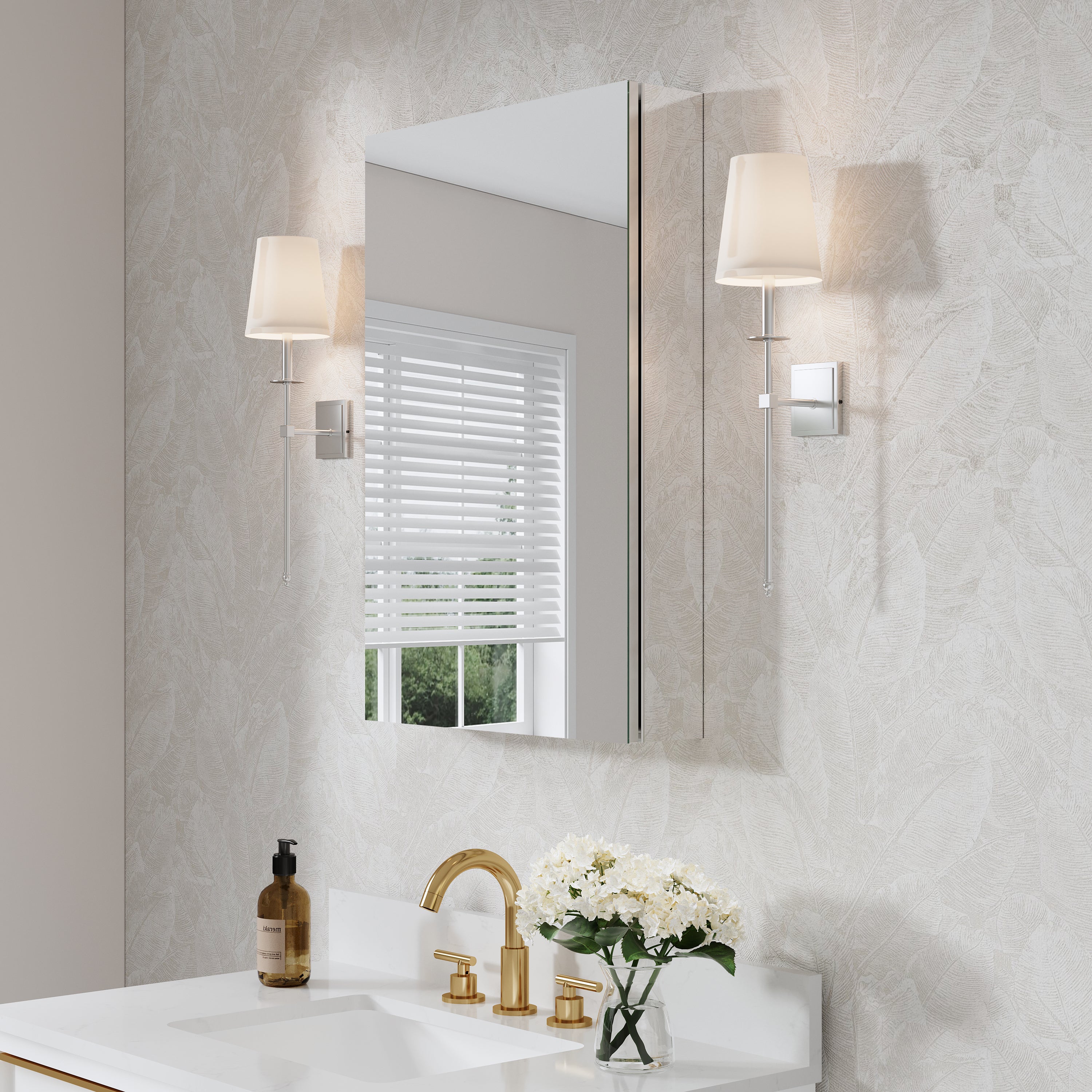
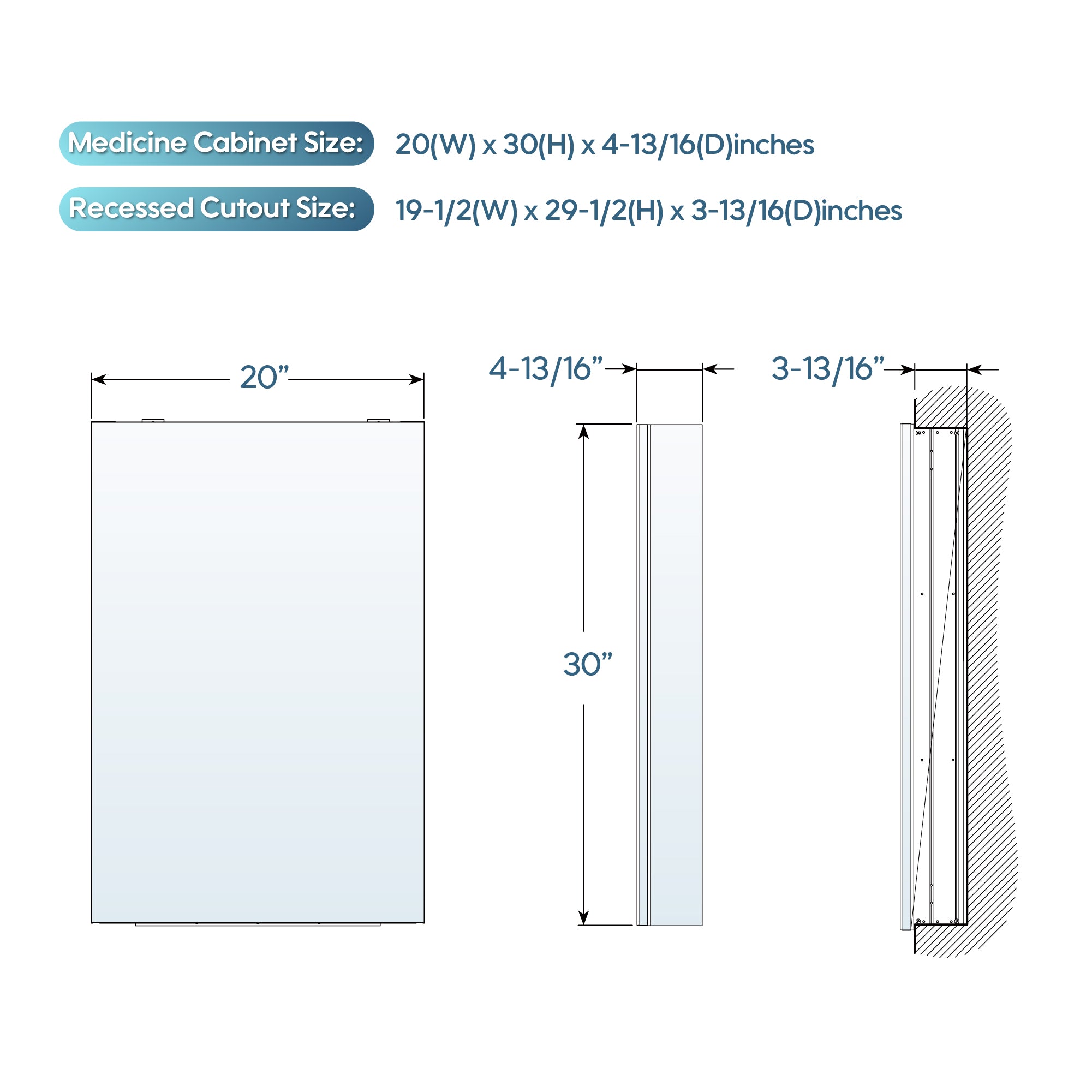
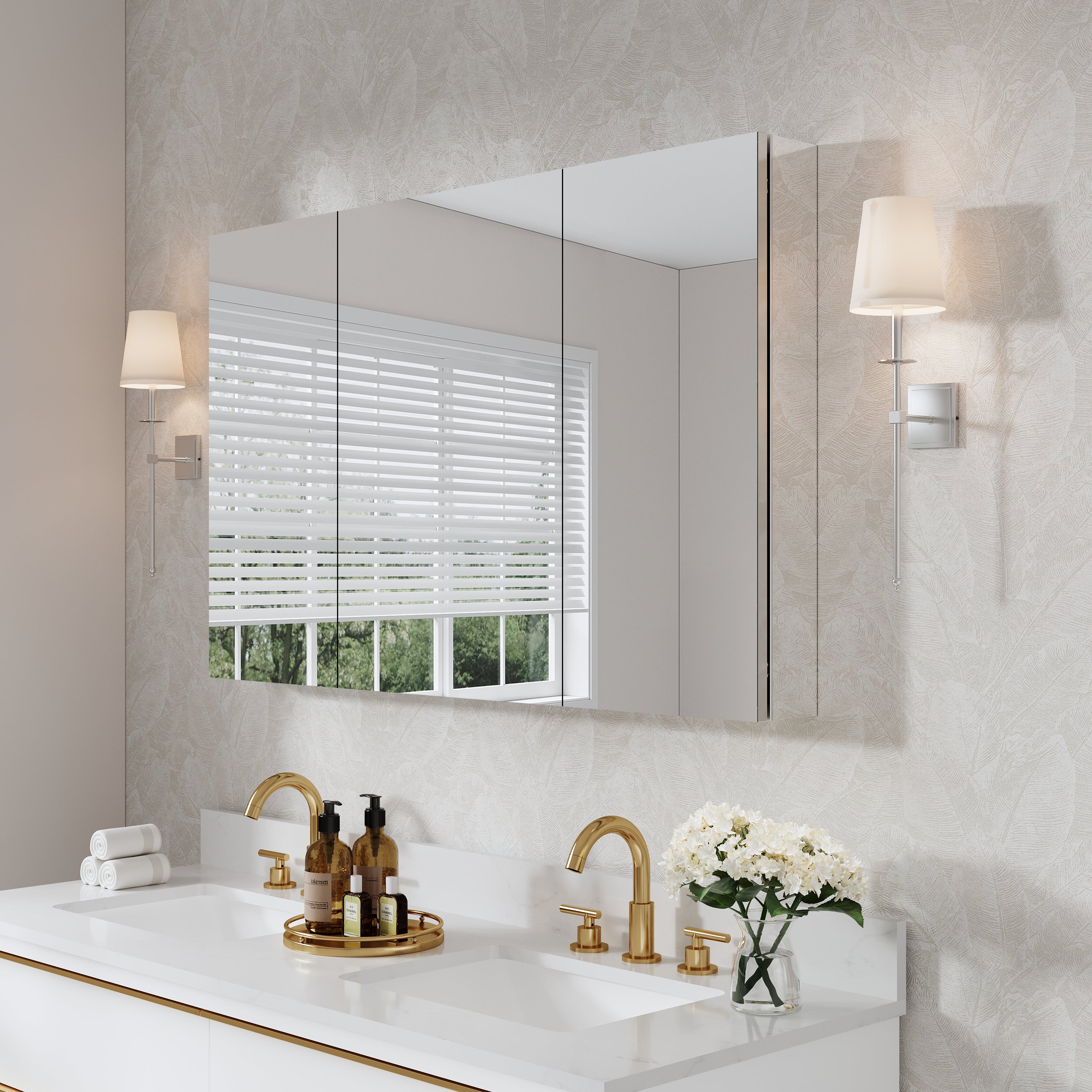
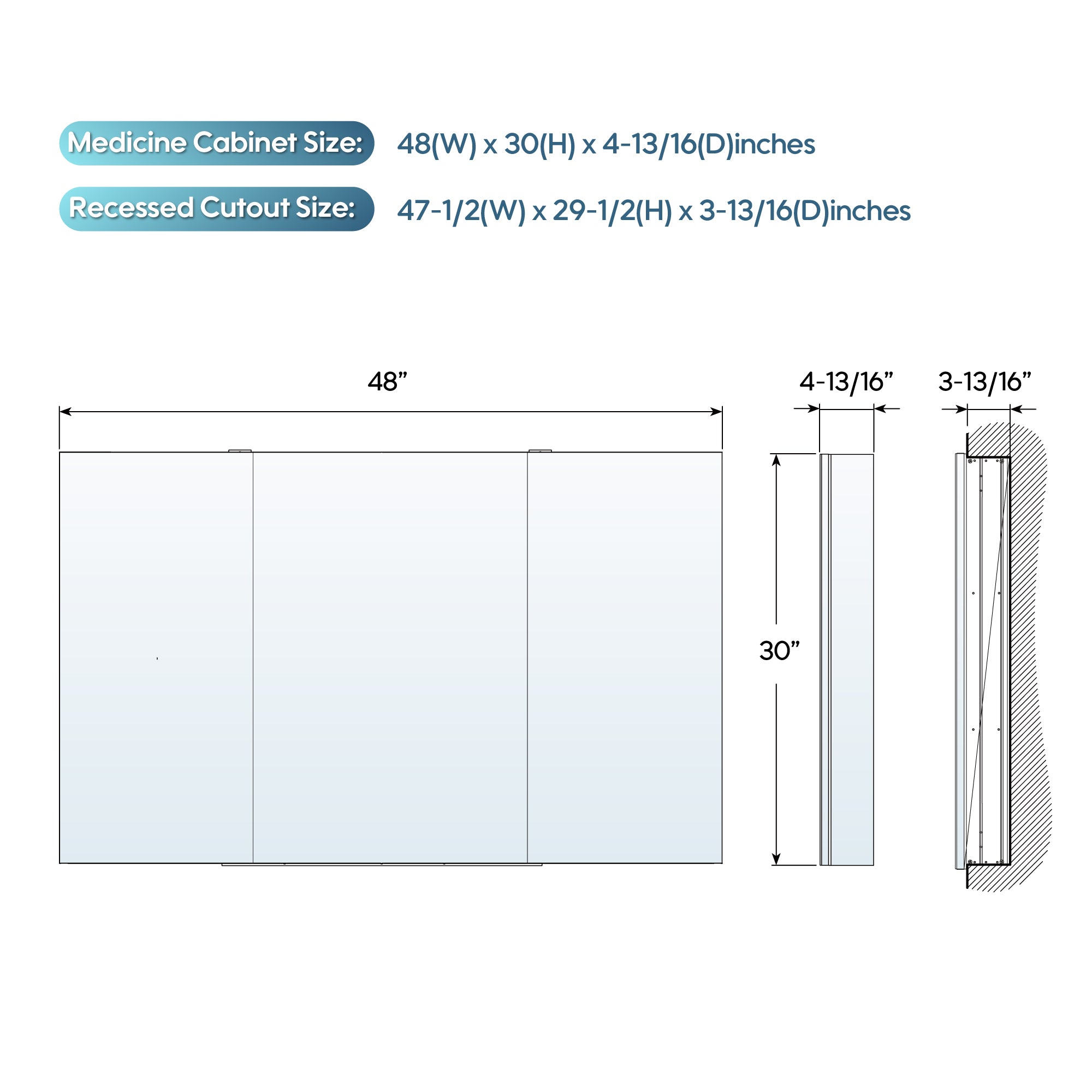
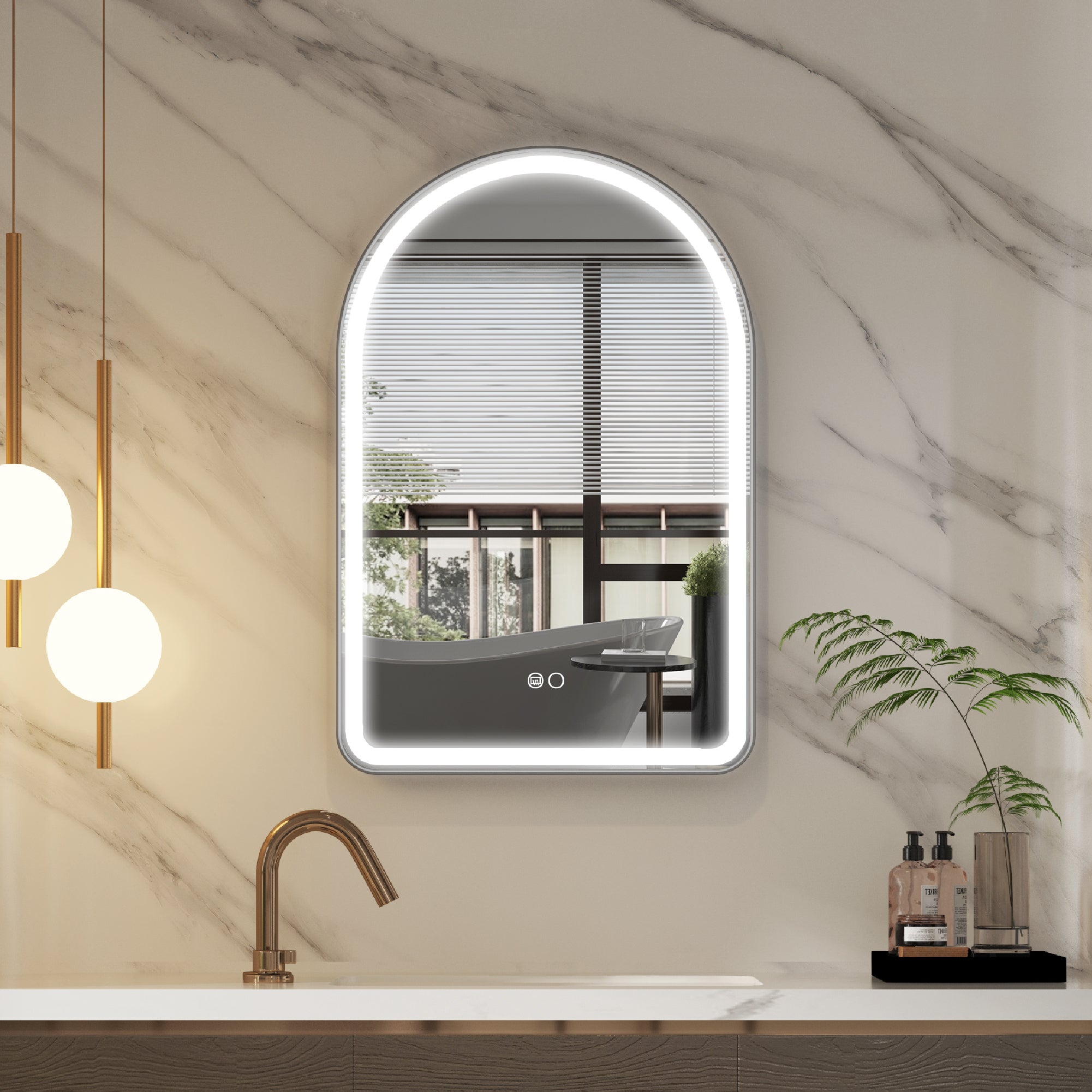
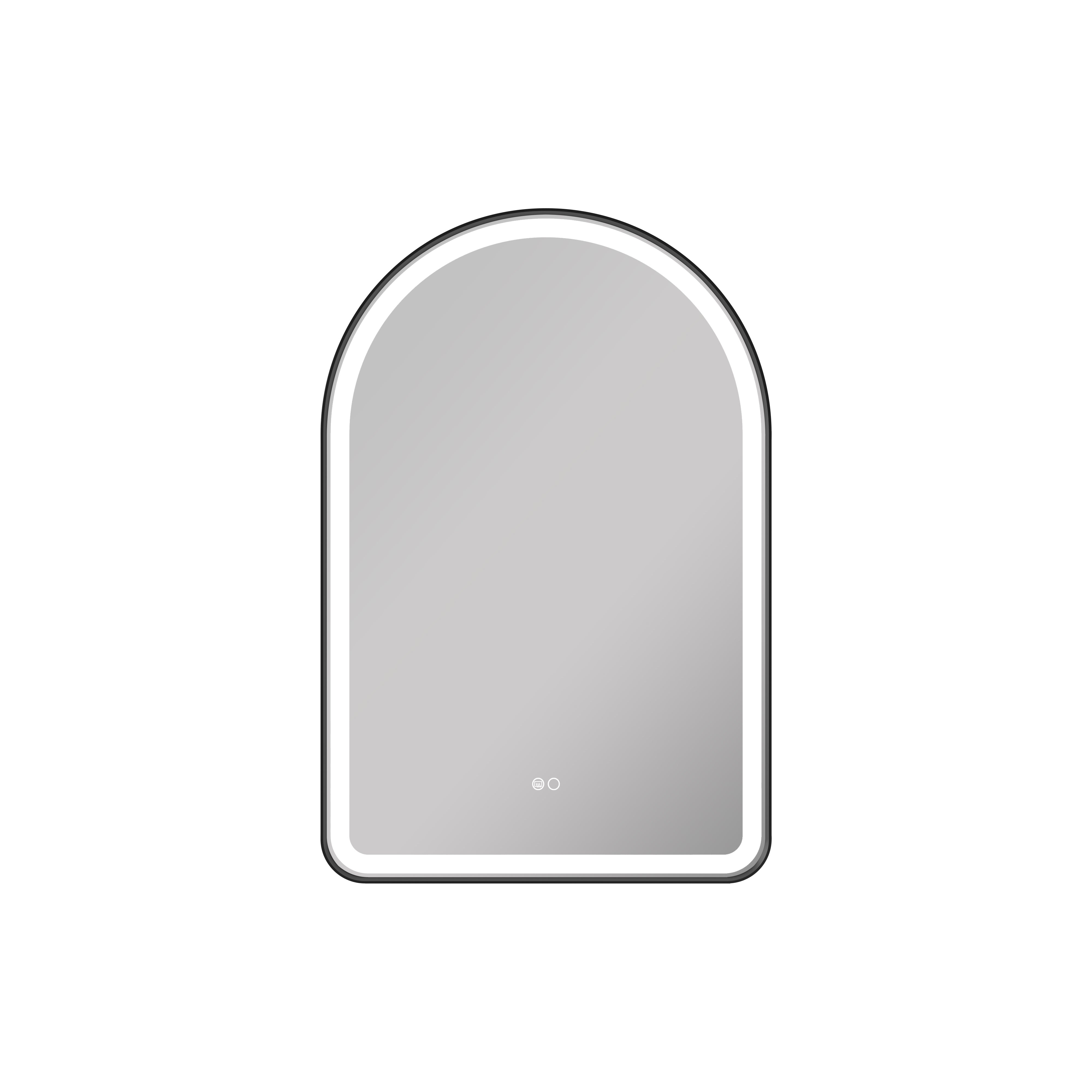


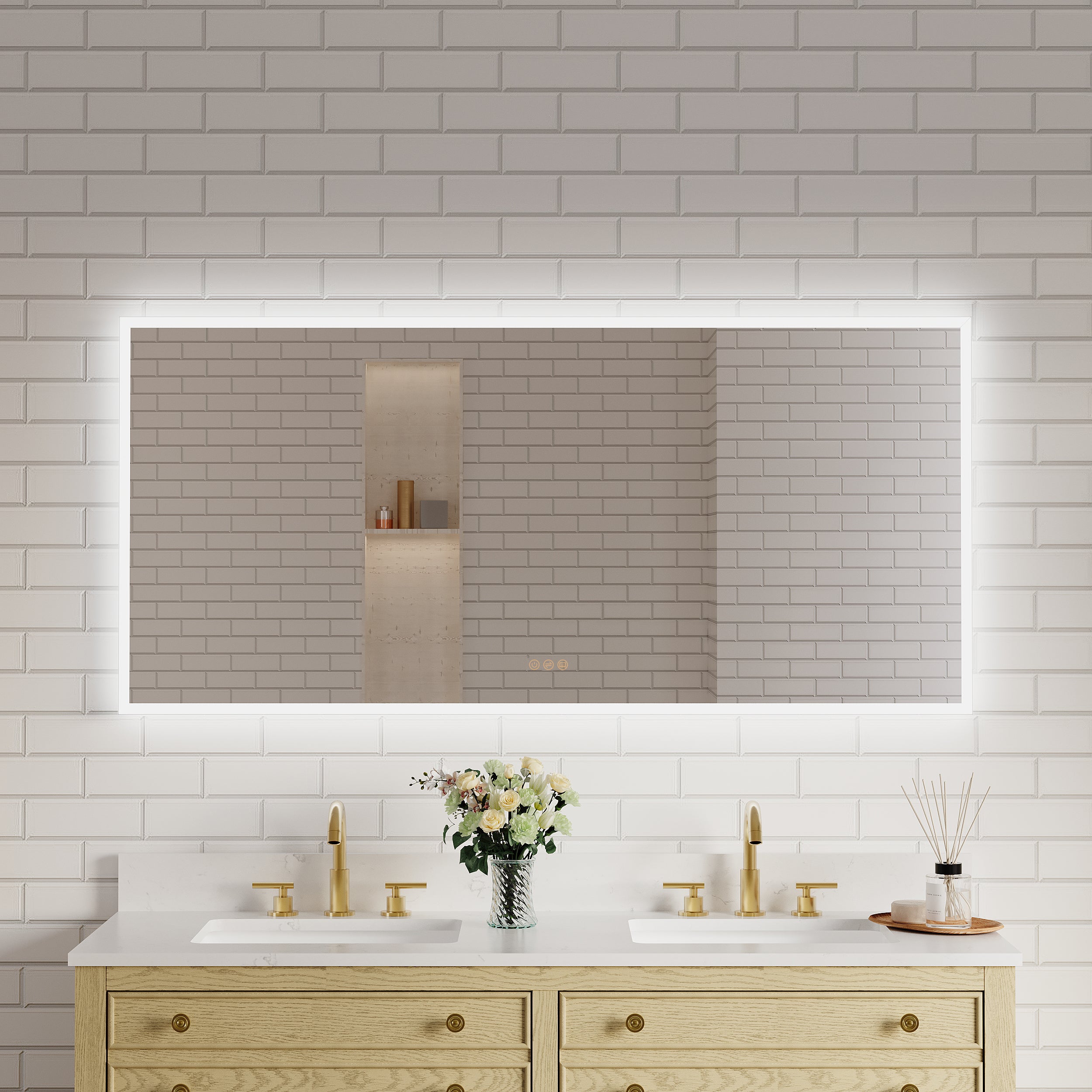

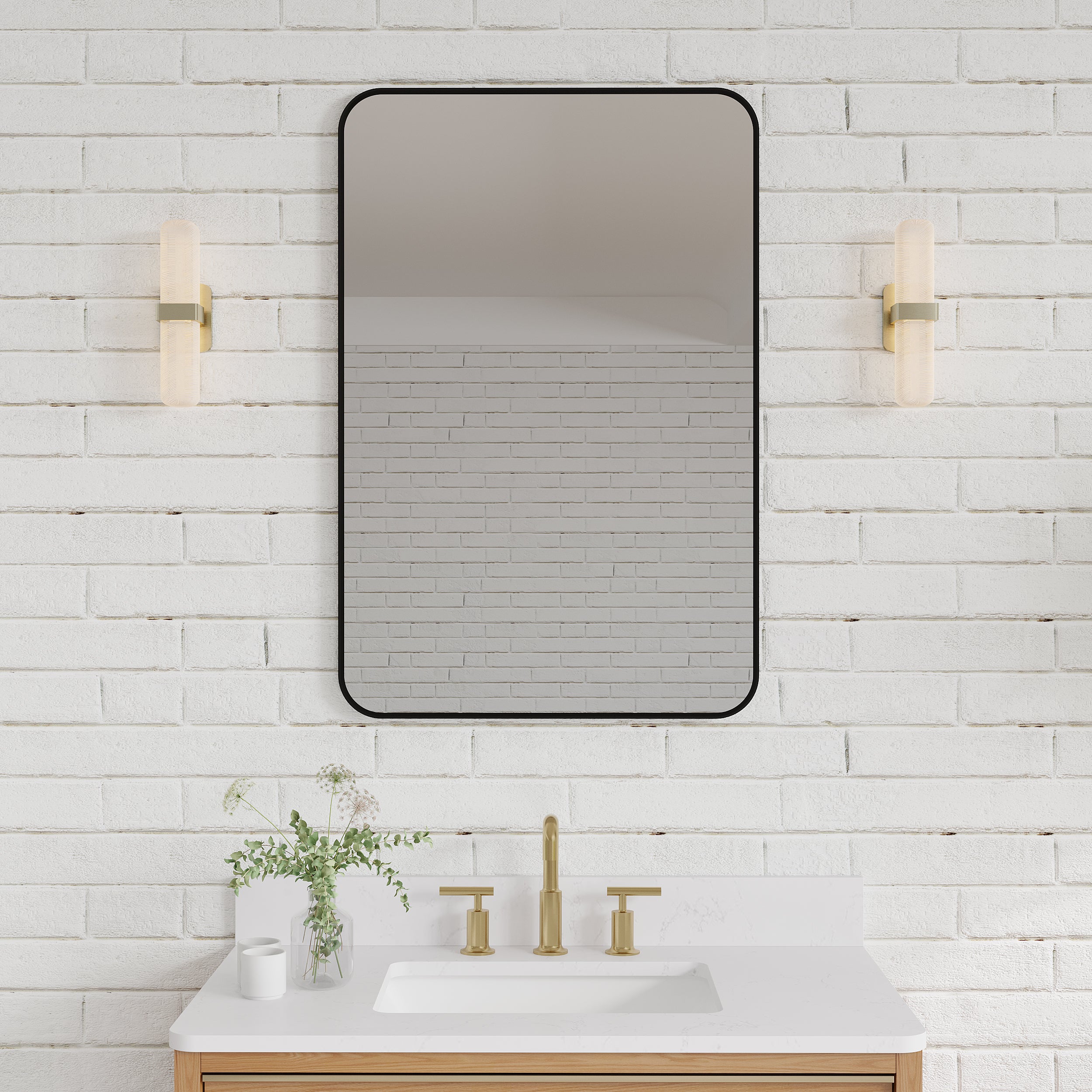

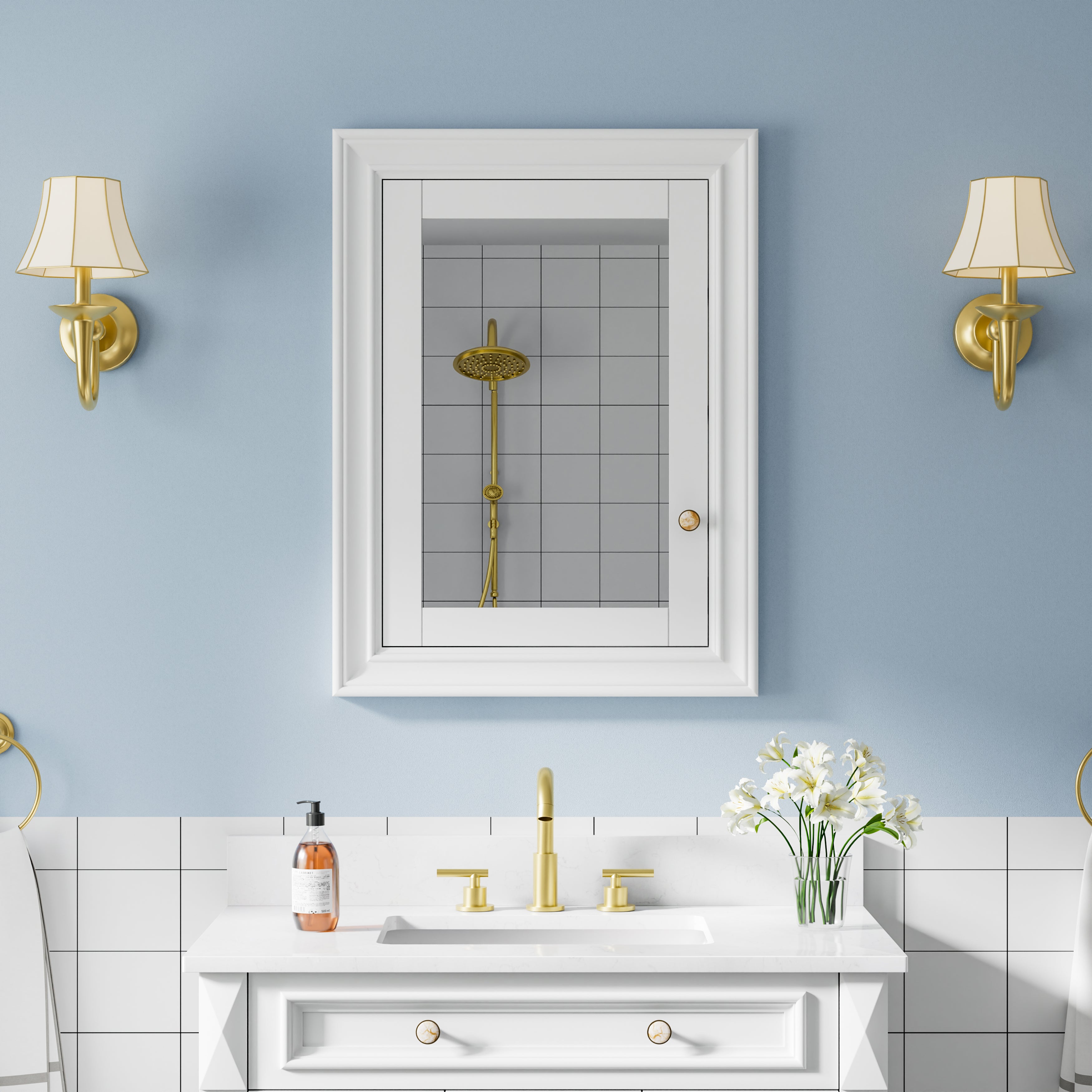
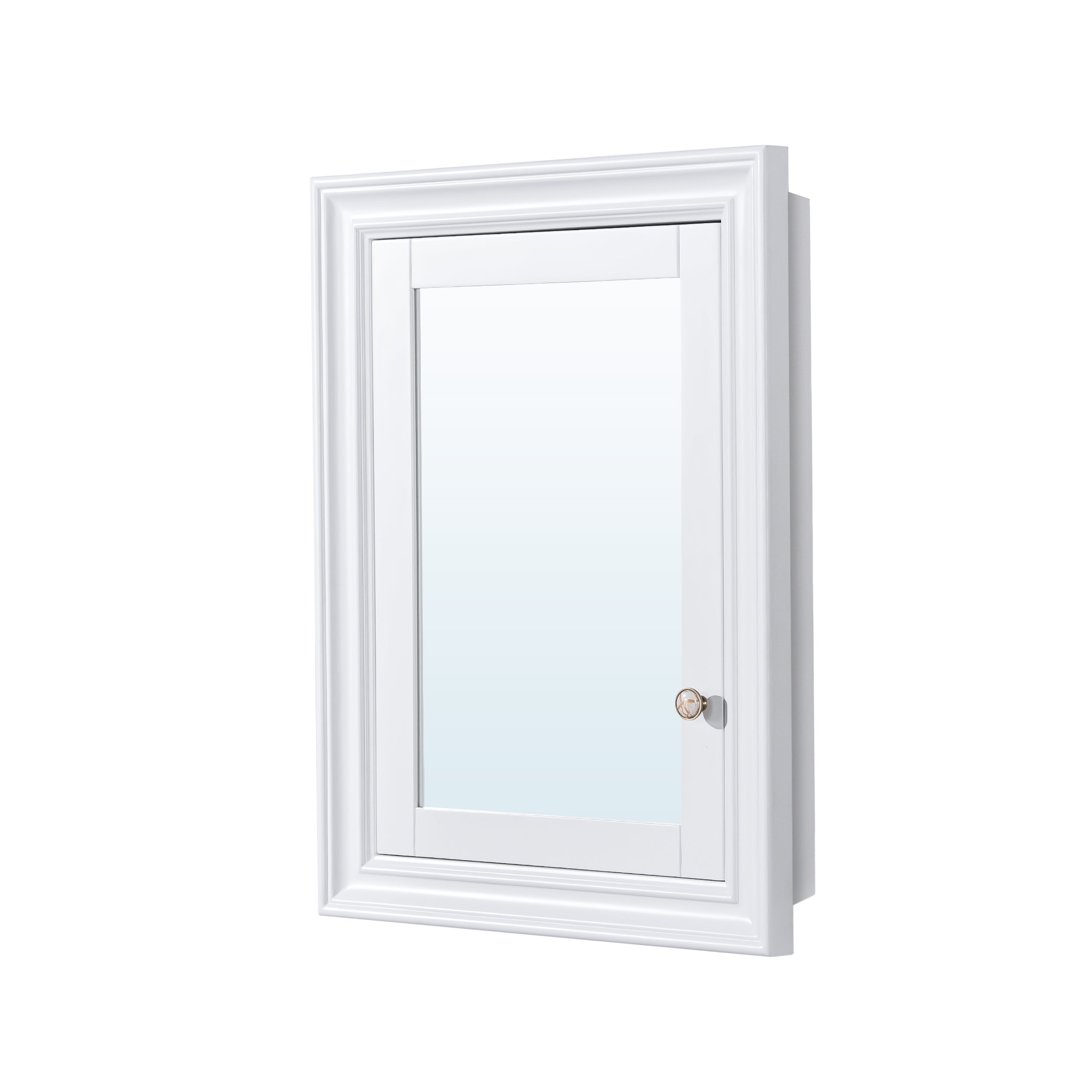










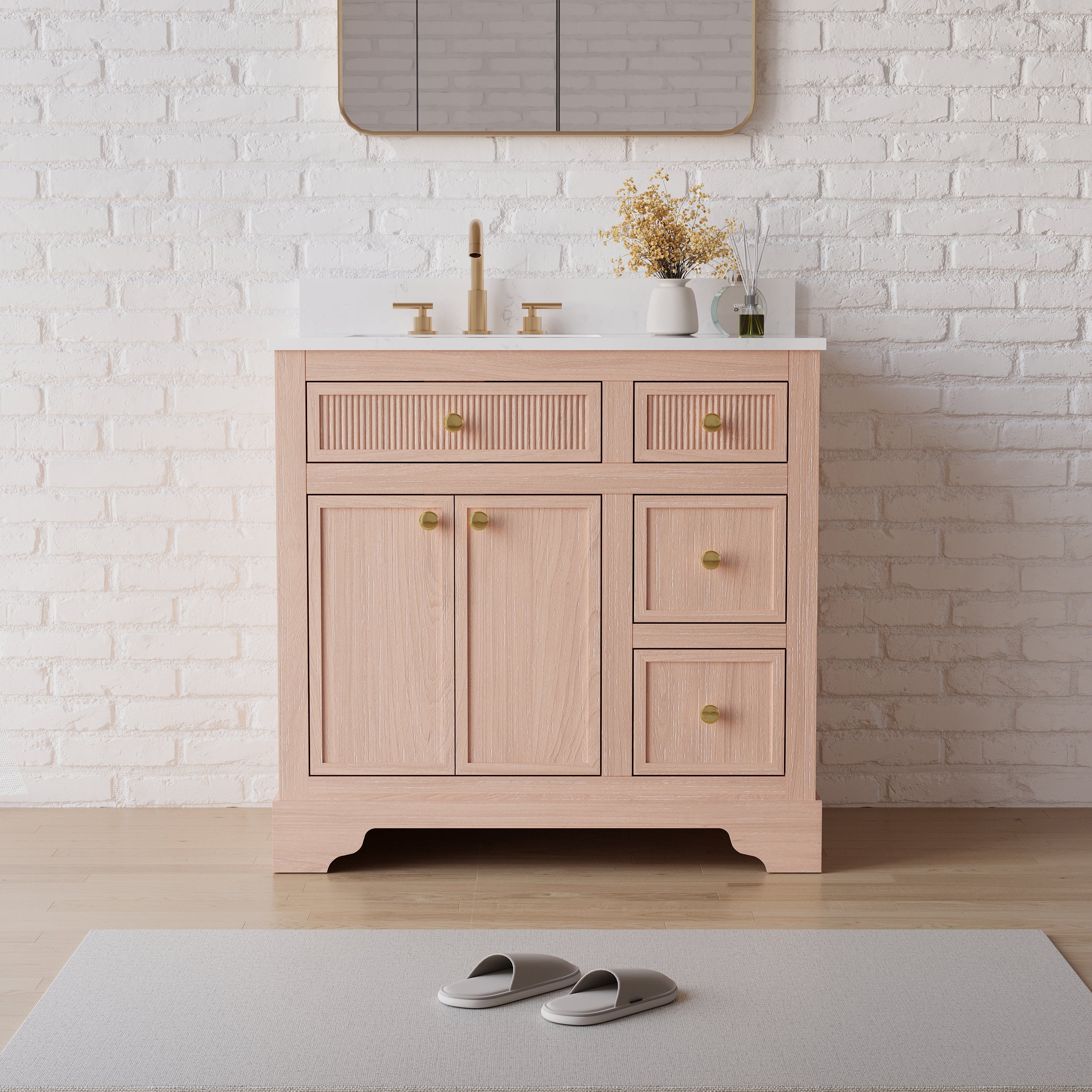
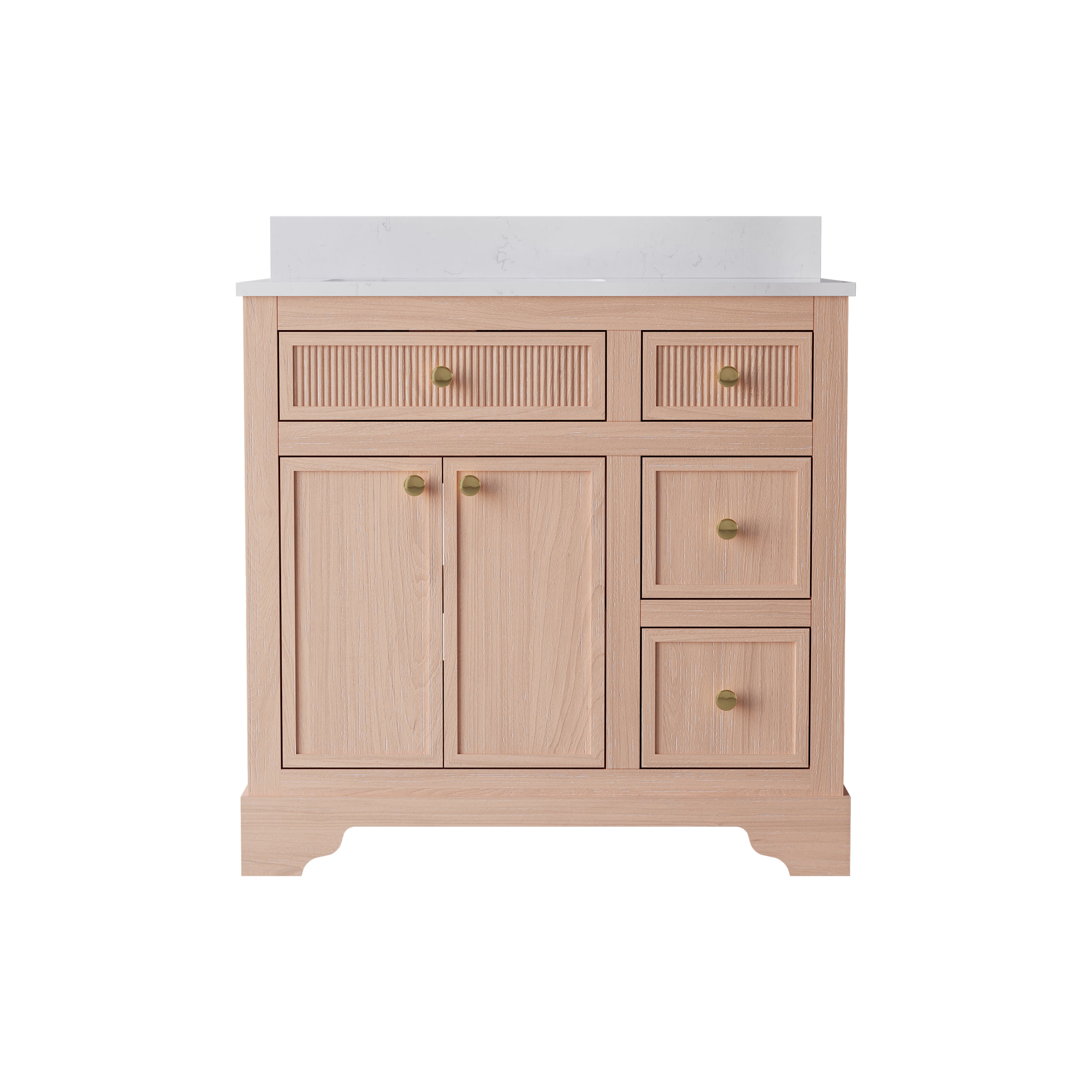
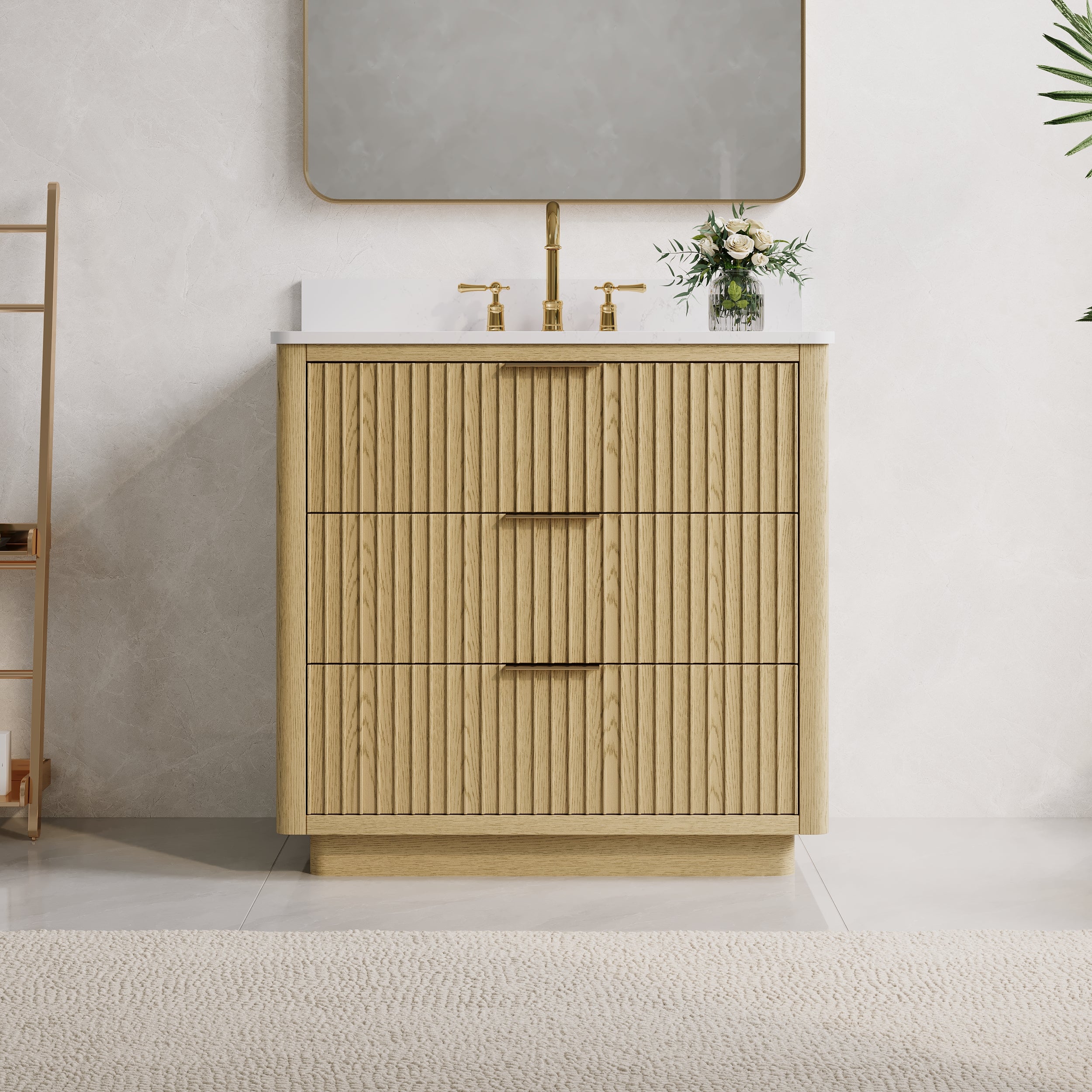
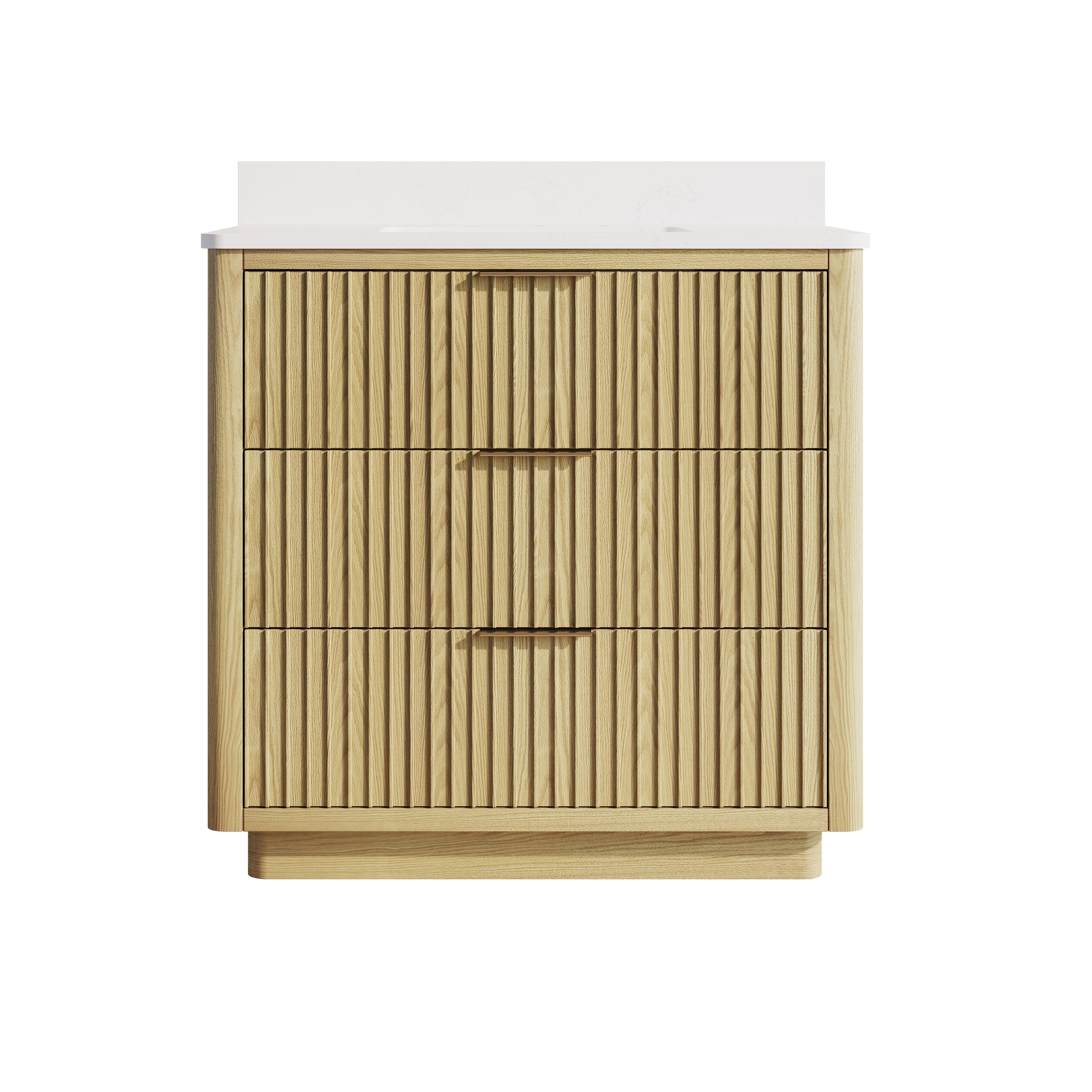
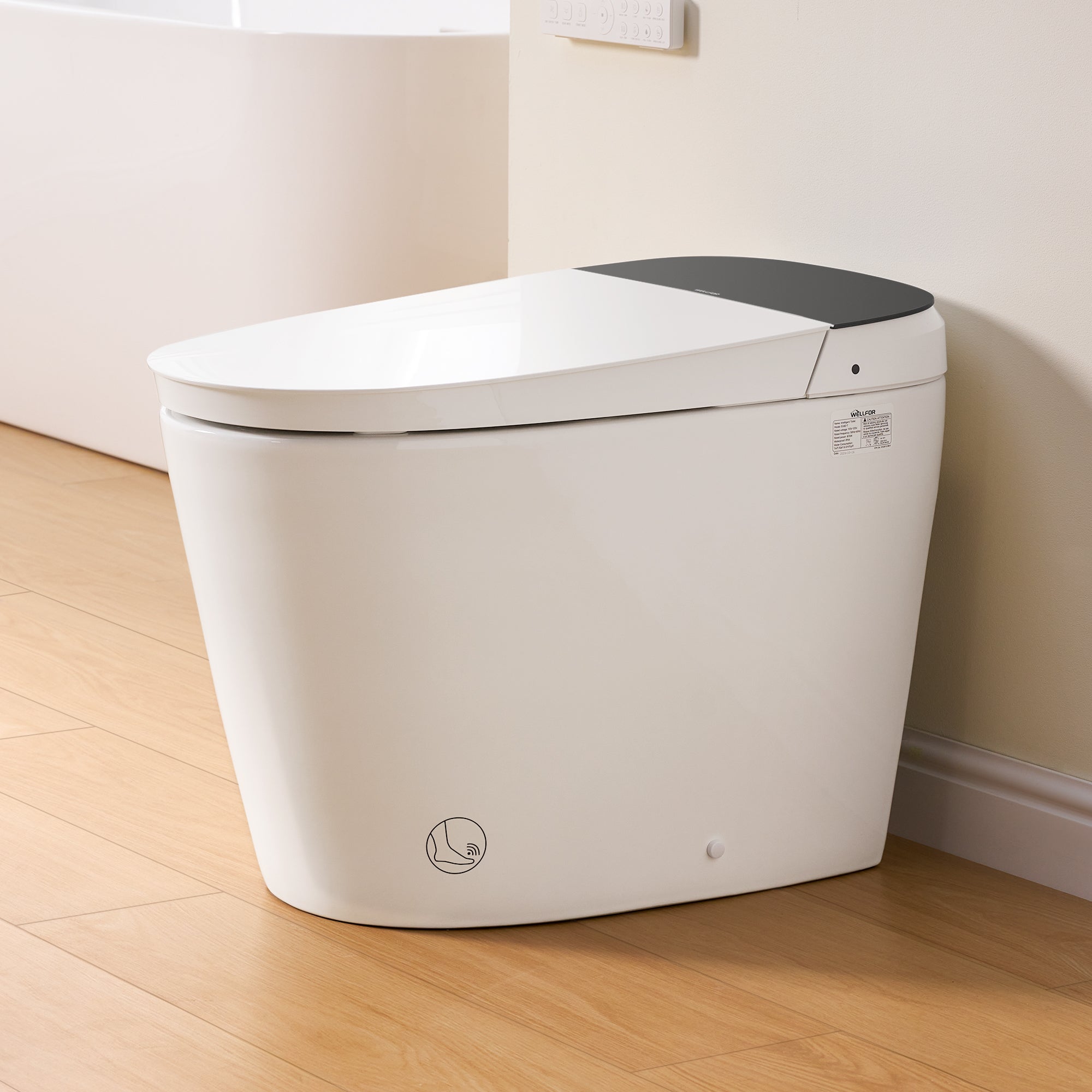
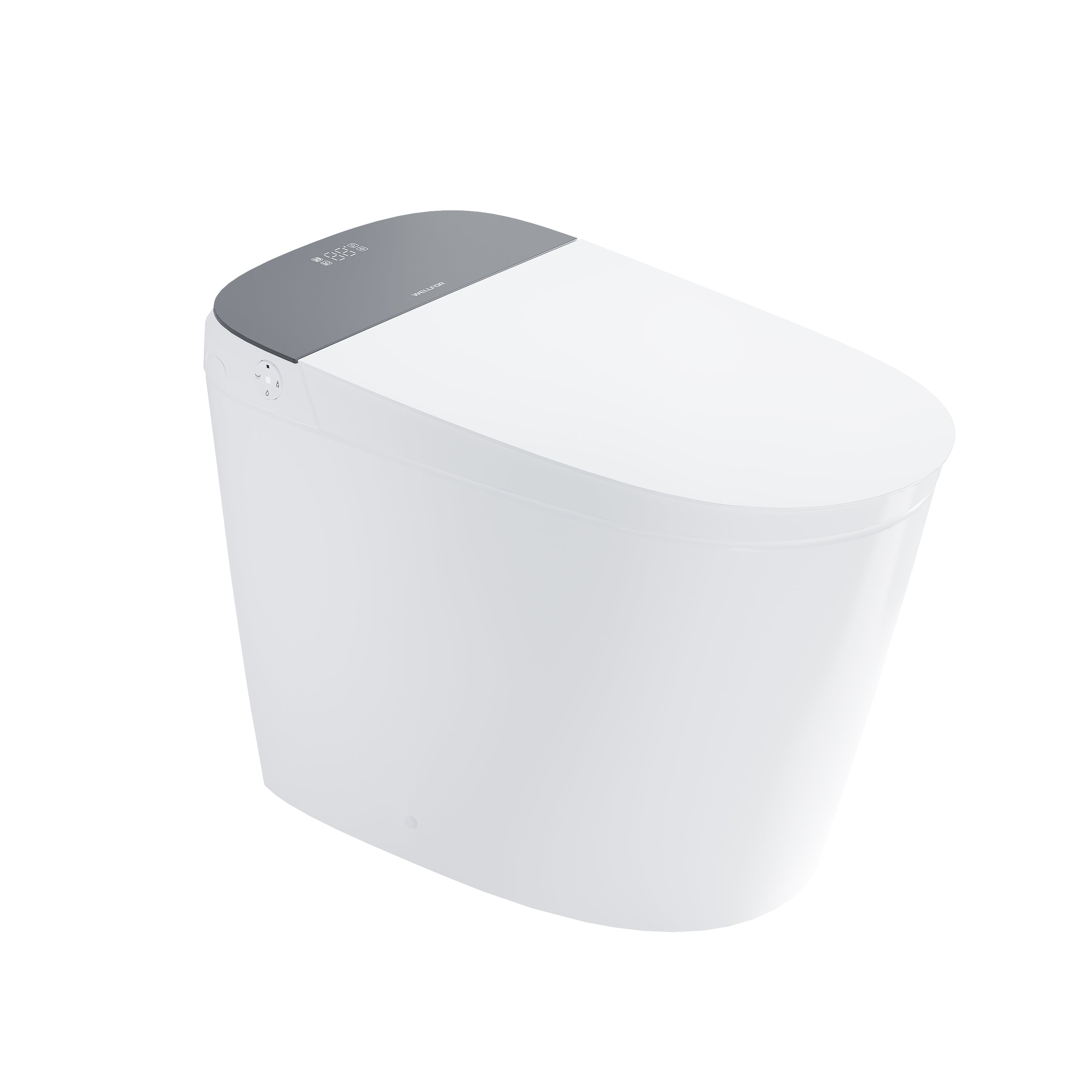
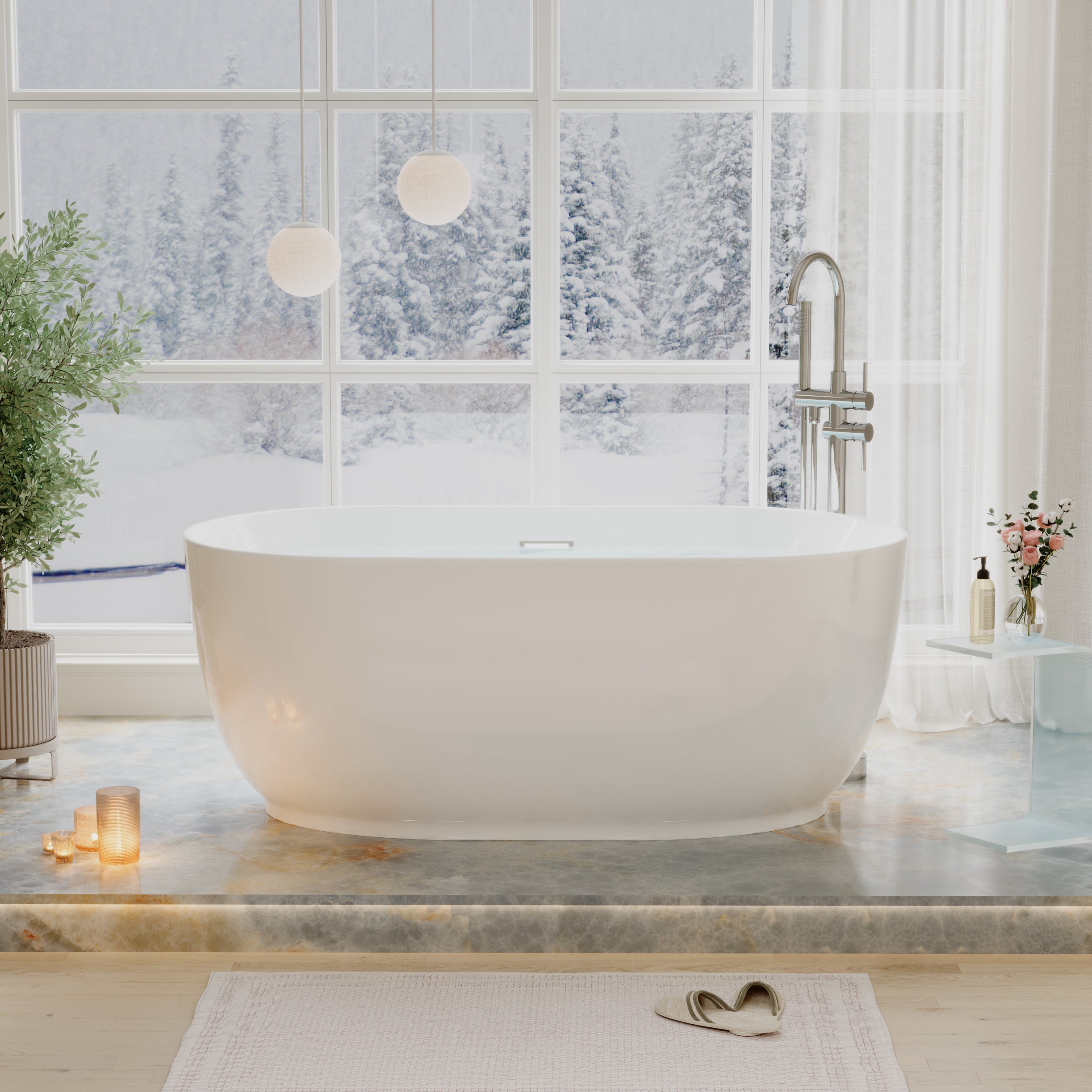
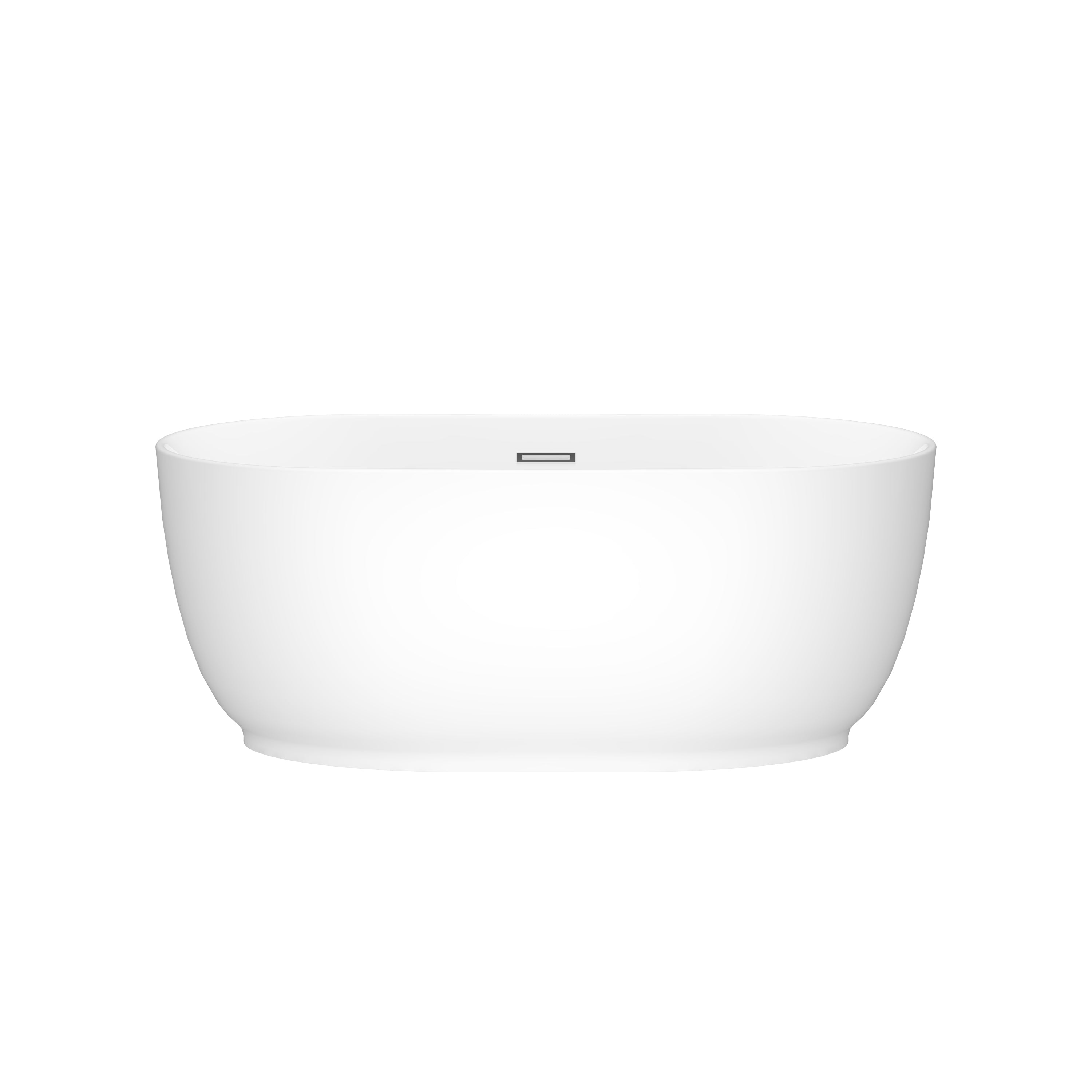
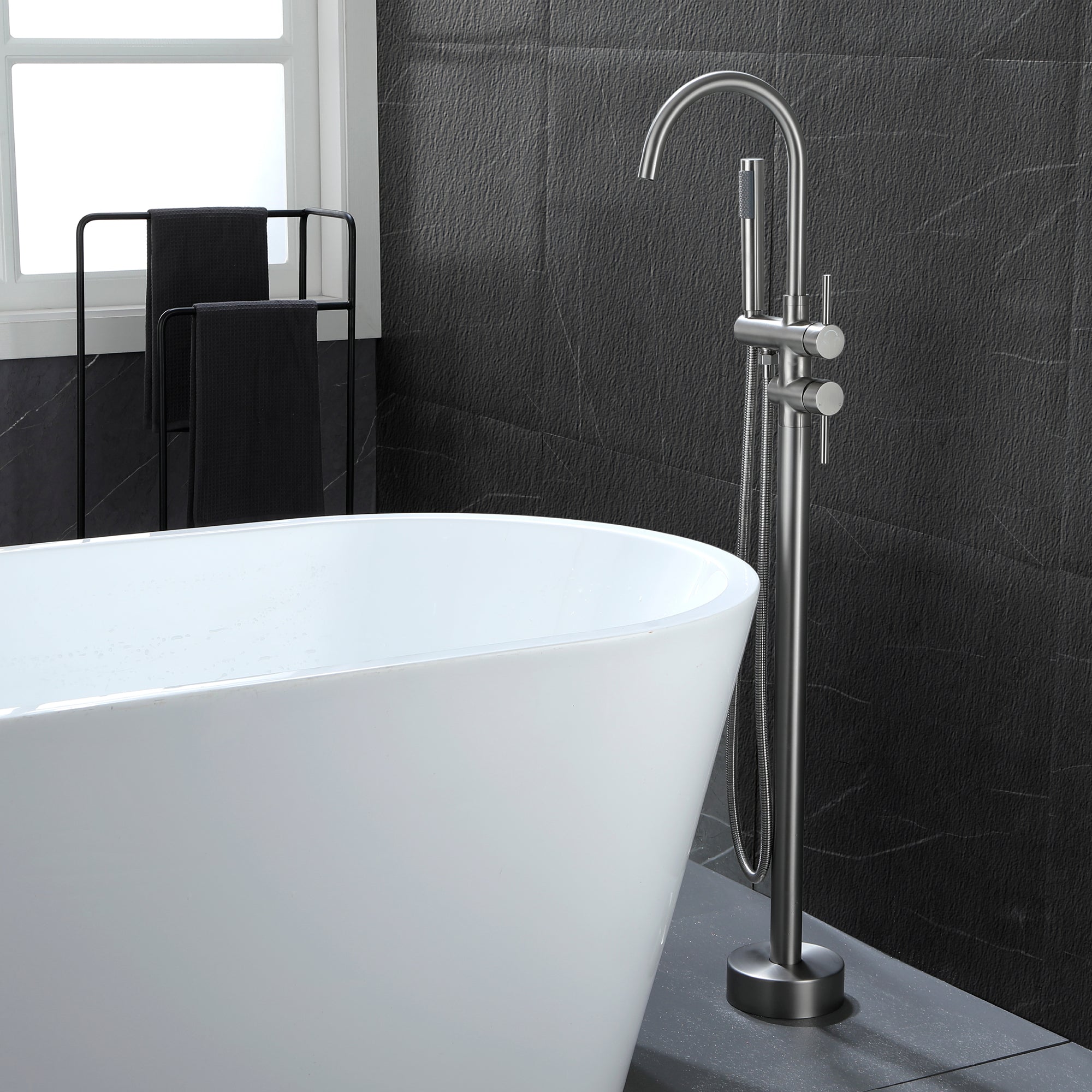

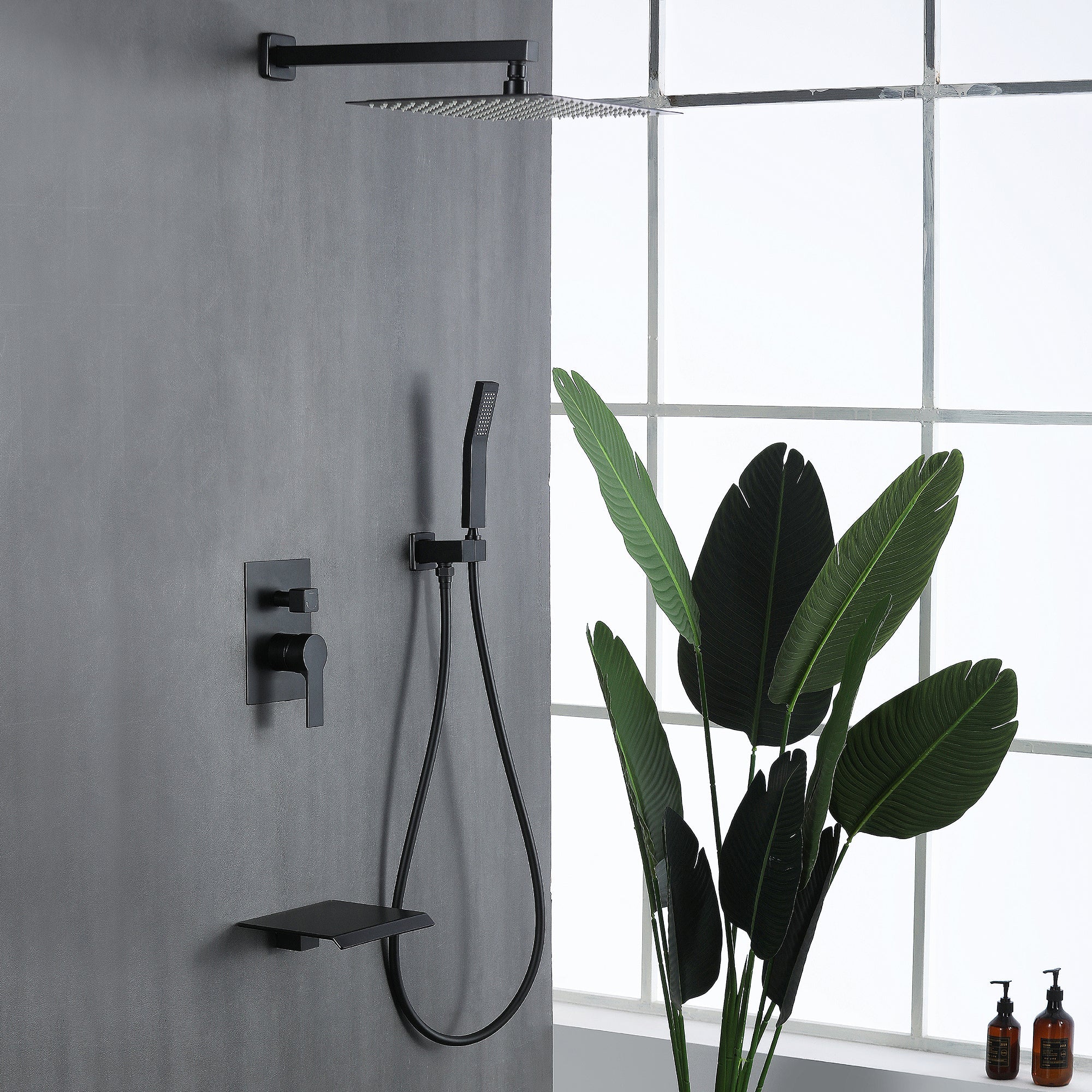
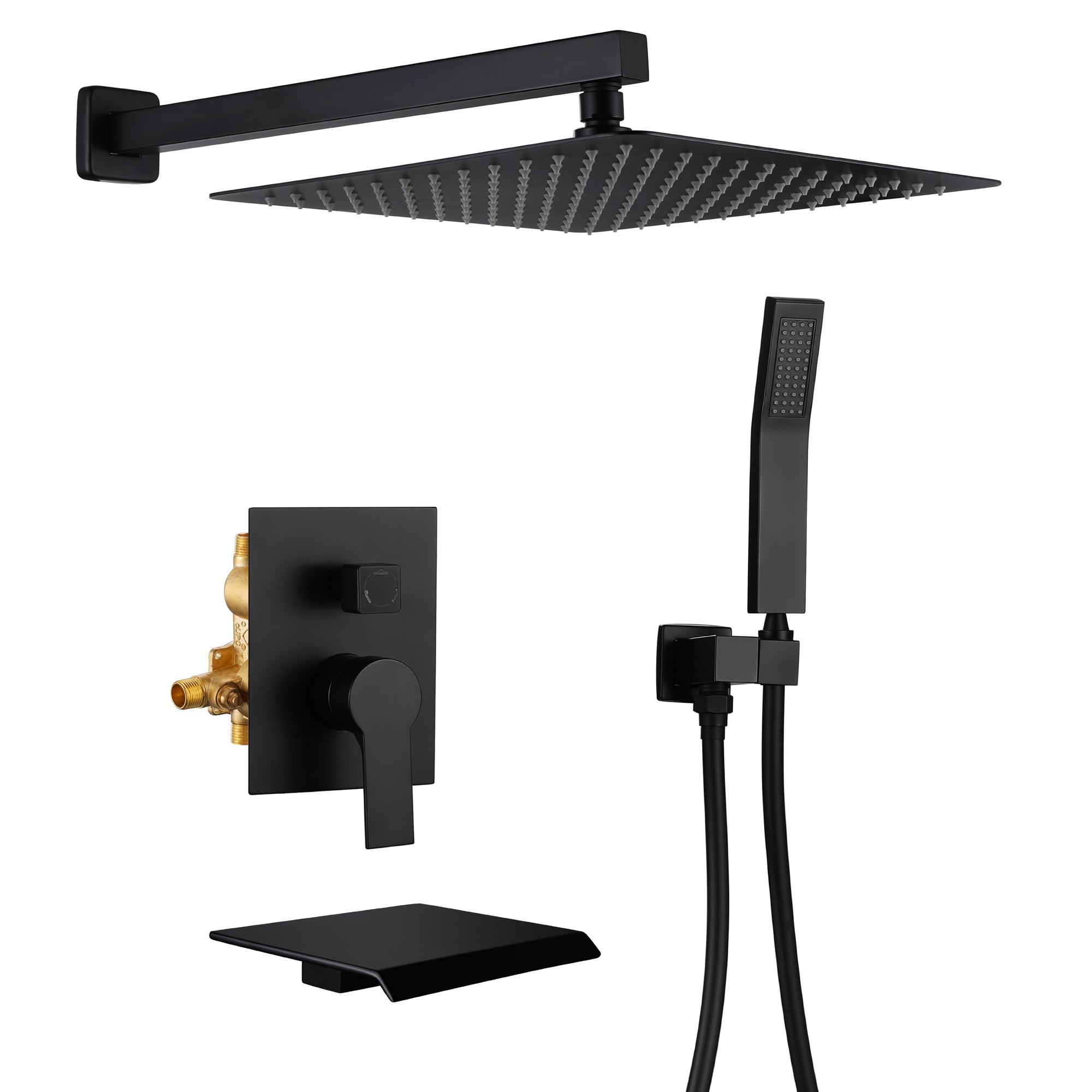
Leave a comment
This site is protected by hCaptcha and the hCaptcha Privacy Policy and Terms of Service apply.